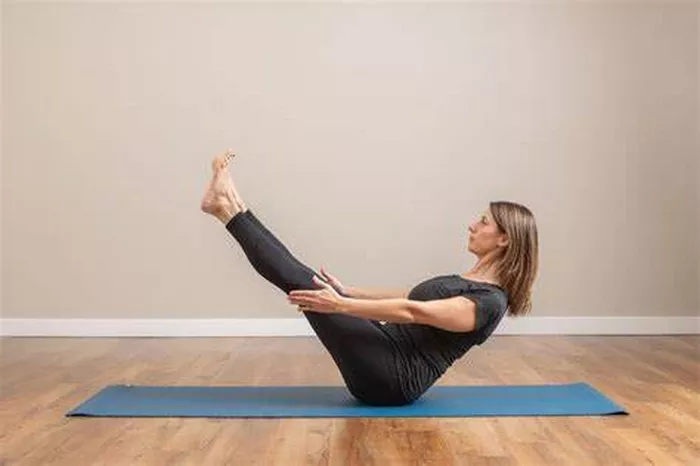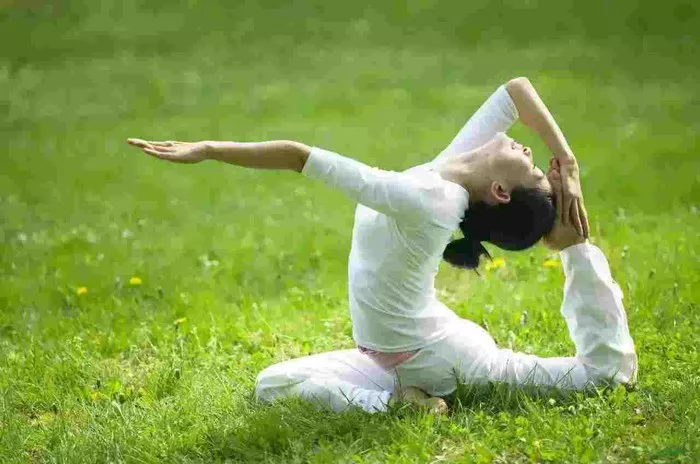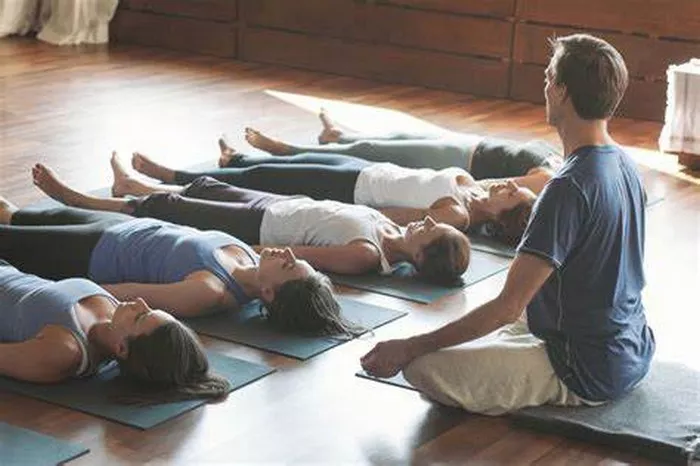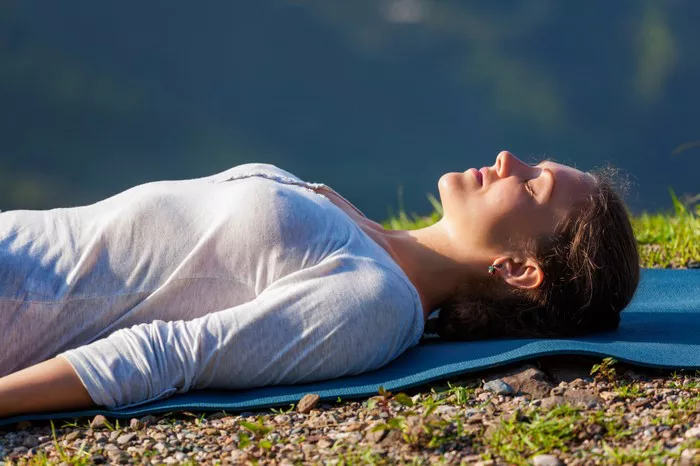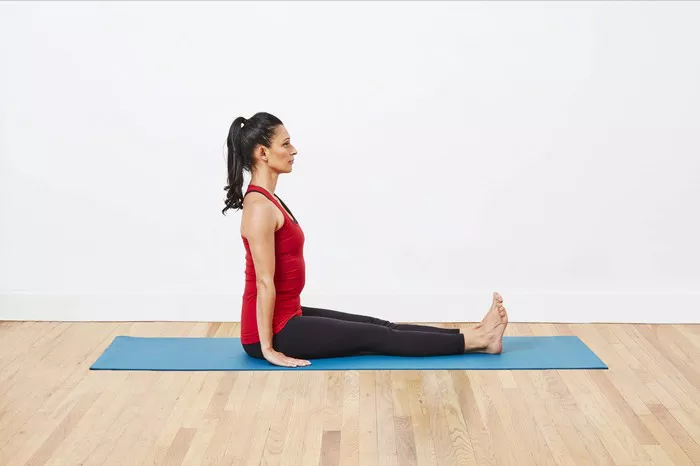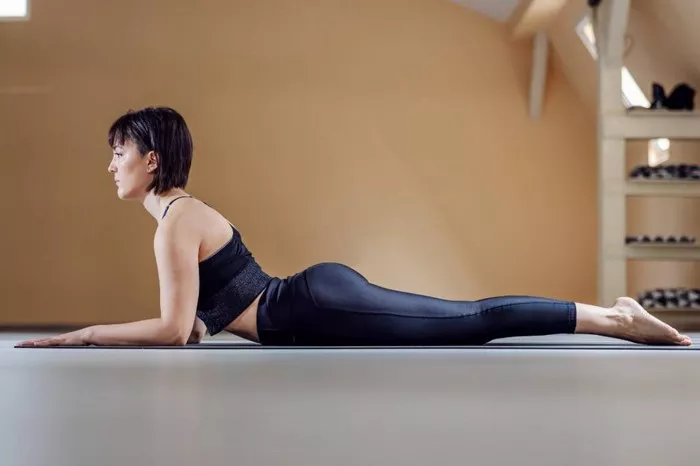Yoga, an ancient practice with roots in the Indian subcontinent, has evolved over centuries to become a globally practiced discipline. It combines physical postures, breathing exercises, and meditation techniques to improve flexibility, strength, mental clarity, and overall well-being. Among the many poses, each varying in complexity, Half Moon Pose (Ardha Chandrasana) is one that often sparks curiosity among beginners and advanced practitioners alike.
Many newcomers to yoga might wonder whether Half Moon Pose is an advanced posture, especially when they observe its seemingly graceful and dynamic nature. On the other hand, experienced practitioners might see it as a manageable posture that provides both challenges and benefits, offering a blend of balance, flexibility, and strength. To address this question, it is essential to consider the physical and mental demands of the pose, how it fits into different levels of yoga practice, and how one can progress toward it effectively.
Understanding Half Moon Pose (Ardha Chandrasana)
Half Moon Pose is a standing balance pose that combines a deep stretch for the legs, torso, and arms, along with a strong focus on balance and concentration. The name “Ardha Chandrasana” comes from Sanskrit, where Ardha means “half,” Chandra means “moon,” and Asana means “pose” or “posture.” The pose aims to emulate the shape of a crescent moon, with the body resembling the curve of the moon as it stretches and opens.
To enter the pose, you typically begin in a standing position, such as Warrior II (Virabhadrasana II), and transition by balancing on one leg while the other leg extends straight and lifted. The hand on the same side as the lifted leg is placed on the floor or on a block, while the opposite arm reaches toward the ceiling, creating an open, lateral stretch. The gaze can either be directed upward toward the raised hand or straight ahead, depending on the practitioner’s comfort and balance.
Is Half Moon Pose Advanced?
When determining whether a pose is advanced, it’s important to consider several factors: the complexity of the posture, the balance required, the flexibility and strength needed, and the mental focus it demands. Let’s break down these aspects in relation to Half Moon Pose.
1. Balance and Stability
Half Moon Pose requires a significant amount of balance, particularly on the standing leg. Balancing on one leg while extending the other leg in midair can feel precarious for beginners, which might lead them to categorize it as an advanced pose. For those new to yoga, standing balance poses such as Warrior I, Warrior II, or Tree Pose may feel more accessible, as they are performed with both feet grounded.
However, for someone who is working on building stability and strength in their legs, Half Moon Pose presents an excellent opportunity to deepen balance practice. While it is challenging, especially when one first attempts the posture, balance can be developed with regular practice. Therefore, while it may seem advanced, it’s accessible with gradual effort.
2. Strength and Flexibility
Strength and flexibility are two key components of the Half Moon Pose. The pose requires strength in the standing leg and the core, as both are engaged to hold the body upright while balancing. Additionally, the lifted leg requires hip flexibility, especially in the hamstrings and groin area. The arms are also engaged in supporting the torso and extending upward, contributing to the overall strength required for this pose.
For practitioners with tight hamstrings or limited flexibility in the hips, achieving a fully extended leg in the pose might seem difficult at first. However, the flexibility required in Half Moon Pose can be developed over time with consistent stretching and hip-opening poses. In this regard, Half Moon Pose is a great way to challenge and improve both flexibility and strength, making it an essential pose to incorporate into any yoga practice.
3. Mental Focus and Concentration
One of the defining elements of Half Moon Pose is the mental focus it demands. To maintain balance, it’s necessary to stay grounded, calm, and focused, particularly while holding the pose for a prolonged period. Beginners may find that their minds wander as they attempt to balance, but with regular practice, they learn to control their thoughts and maintain their equilibrium.
The ability to focus on one point (drishti) during the pose helps to improve concentration and stability. For many practitioners, this heightened mental focus makes Half Moon Pose feel more challenging and advanced. But for others, it becomes an opportunity to develop mindfulness and presence within the pose.
4. Progression and Modifications
While Half Moon Pose may feel advanced to beginners, it is, in reality, a pose that can be modified to suit various levels of ability. For instance, using yoga blocks for extra support under the hand can ease the difficulty of maintaining balance. Similarly, some practitioners may find that bending the standing leg slightly helps them to feel more stable as they lift the other leg.
As with any yoga pose, progression is key. A seasoned practitioner can gradually move toward deeper variations of the pose, perhaps holding it longer or going into a more extended version of the posture. On the other hand, beginners may start with simpler poses like Warrior II or Triangle Pose (Trikonasana) to build strength, flexibility, and balance before moving on to Half Moon Pose.
How to Safely Practice Half Moon Pose
To practice Half Moon Pose safely, it’s essential to prepare the body through a series of warm-up poses and to listen to your body throughout the process. Here are a few tips to help you practice this pose with stability and mindfulness:
1. Start with a Warm-up
Warming up is essential before attempting any standing balance pose. Begin with a series of gentle stretches and standing poses to activate the legs, hips, and core. Warrior I and Warrior II are excellent choices to start with, as they prepare the body for the lateral extension that Half Moon requires. Additionally, poses such as Downward-Facing Dog (Adho Mukha Svanasana) and Pyramid Pose (Parsvottanasana) help to open up the hips and hamstrings.
2. Use Props
Props can make a significant difference in helping you achieve the correct alignment and balance in Half Moon Pose. A yoga block placed under the hand can offer added stability, especially if you are new to balancing. The block allows you to lift the floor up to your hand, preventing strain on the shoulder and wrist while still maintaining proper alignment.
3. Engage the Core
One of the most important aspects of Half Moon Pose is engaging the core muscles. A strong core is vital to maintain balance and to prevent the back from arching too much. Focus on drawing the navel toward the spine and activating the abdominal muscles as you move into the pose.
4. Use Proper Alignment
To avoid straining your body, ensure that your body is aligned correctly during the pose. Keep the lifted leg straight, the torso facing forward, and the hips squared toward the front. If the hips are tilted or the standing leg is not properly aligned, it can result in discomfort or injury.
5. Hold the Pose with Awareness
As with any yoga posture, the goal is to practice mindfulness while holding the pose. Instead of rushing through it or focusing solely on the physical challenge, try to stay present with your breath and your body. This will help you build a stronger connection with the pose and prevent strain.
6. Practice Regularly
As with any yoga pose, regular practice will gradually improve your proficiency in Half Moon Pose. As your flexibility, strength, and balance increase, you will find that the pose becomes easier and more comfortable over time.
Conclusion
Is Half Moon Pose Advanced?The short answer is: it depends. Half Moon Pose is not inherently advanced, but it does present challenges that can make it feel difficult for some practitioners, especially beginners. However, like any yoga pose, it is accessible to practitioners of all levels with the right preparation, modifications, and consistent practice.
For beginners, Half Moon Pose may feel like a significant hurdle to overcome, but it offers a valuable opportunity to develop balance, strength, and flexibility. For more advanced practitioners, it provides a way to refine balance, increase body awareness, and deepen the practice. Regardless of your level, Half Moon Pose can become an integral part of your yoga journey, offering both physical and mental benefits.
As always, yoga is a personal practice. The key to mastering poses like Half Moon is patience, self-awareness, and the willingness to progress at your own pace. Whether you’re just starting or you’re a seasoned practitioner, Half Moon Pose can be a rewarding addition to your practice.
Related Topics:

